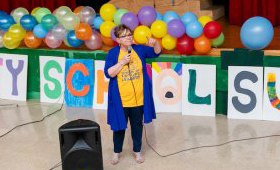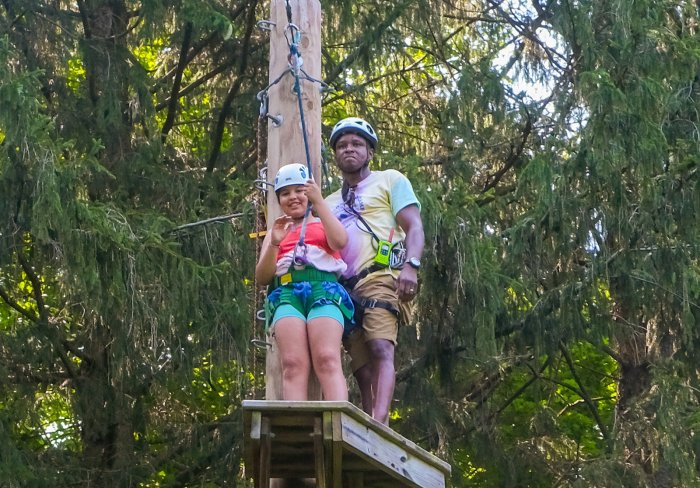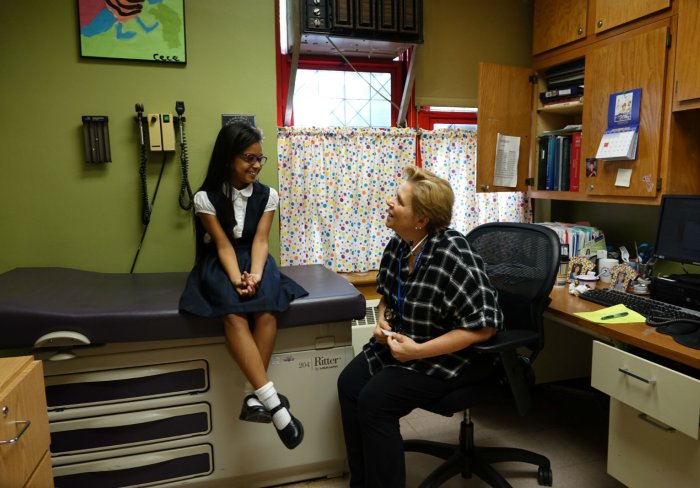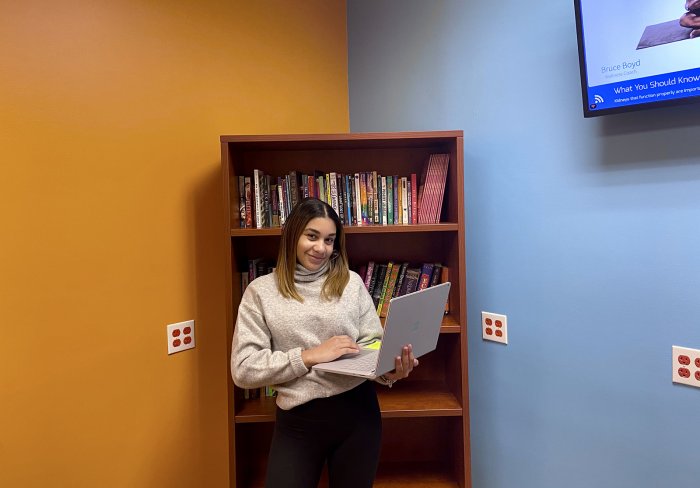The Children’s Aid Family Wellness Program offers a variety of services to families with either past or present cases of domestic violence to help them achieve independence and stability.
In addition to group and individual counseling, we provide art therapy as a way to let survivors heal, process trauma, and improve overall well-being. Survivors displayed their artwork at the Heath Gallery in Harlem as part of National Domestic Violence Awareness Month.
The artwork exhibited in “Survivors: Voices of Resilience and Hope” was created by survivors in both individual and group therapy. The women that created artwork individually did so with the intention of both raising awareness of intimate partner violence and as a way of empowering themselves and other survivors.
“Many of us know people impacted by intimate partner violence but are unaware of this fact due to the silence and isolation that exists around intimate partner violence,” said Sally Schuss, Assistant Director of Domestic Violence Clinical Services. “This art exhibit provided Family Wellness Program’s clients, survivors of intimate partner violence, the opportunity to give voice to their stories as a community by showcasing their therapeutic artwork that has enabled them to process their trauma and heal.”
The women used a variety of mediums to communicate feelings such as anger and hope and themes of family, stability, and financial freedom. Participants from the Family Wellness Program Women’s Group and the Brightly Cooperative, the first franchise worker co-operative in the United States, contributed art pieces.
Children’s Aid takes a holistic approach to helping victims of domestic violence. We provide counseling to women and to children who have witnessed domestic violence. We also run a 26-week abusive partner intervention program. The program aims to increase the safety for survivors and children and break the cycle of violence.
Schuss said there are many common misconceptions about domestic violence and people have a hard time understanding why survivors don’t simply leave their partners.
“There are a lot of barriers to leaving,” she said. “People love the person that they’re with, they have children with their partner, or there might be financial security that they’ll give up. The longer I work in this field, the more I am amazed that women are able to leave abusive partners given the difficulty.”
All of our work aims to give victims of intimate partner violence a space to regain their voices and establish long-term safe, stable, and nurturing homes.







